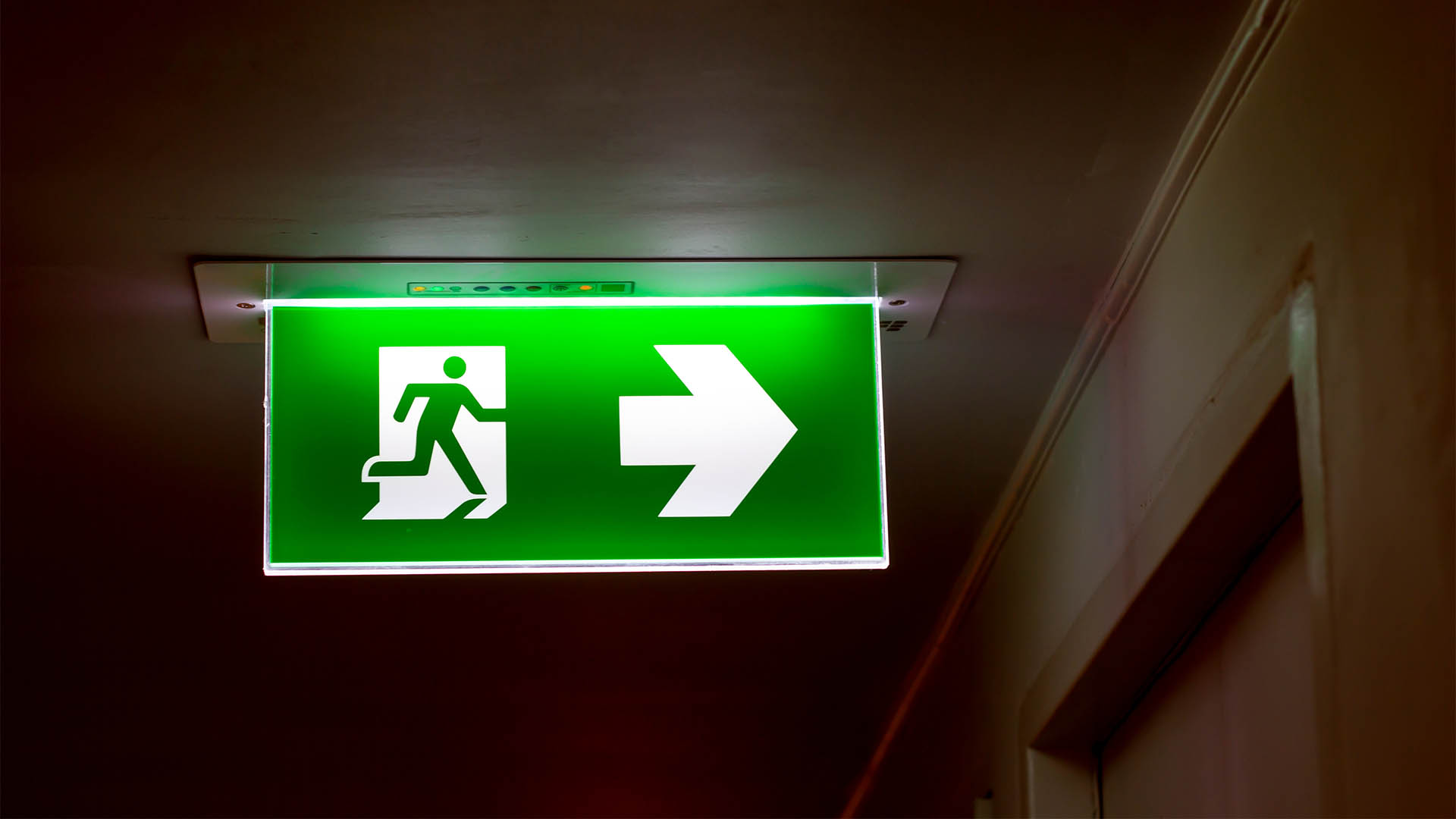
After the heady optimism triggered by the rise in Australian interest rates (and speculation about the value of the US dollar), it was back to the boring basics of finance and business.
Japan’s current account surplus rose 10.4% in August to 1.171 trillion yen ($US13.2 billion) in August from the same month of 2008.
Exports fell an annual 37.1% in August from a year earlier, less than a 37.6% fall in July, but imports dropped 42.8%, more than the 41.2% fall in July, thanks to lower world prices for commodities and the rise in the value of then yen (which continued yesterday).
That fall in imports was the largest recorded since the present system of recording trade figures started in 1986.
Exports rose a seasonally adjusted 3.2% from July.
Japan’s income surplus (the difference between money earned abroad and payments made to foreign investors in Japan) was 1.06 trillion yen in August, down 24.5% from August last year.
According to the Japanese Finance Ministry, which released the figures, the trade surplus in goods and services stood at 180.9 billion yen (US2.03 billion dollars), up from a deficit of 257.0 billion yen ($US2.89 billion dollars) a year ago while the surplus in merchandise trade came to 303.7 billion yen, compared with a deficit of 141.2 billion yen a year earlier.
The European Central Bank and the Bank if England both left their key interest rates on hold at 1% and 0.50% respectively.
That was very different to Australia this week with a rate rise and an improving jobs market.
US consumers have cut their borrowing for a seventh straight month; the US budget deficit continues to blow out, some improved corporate earnings were reported, gold remained solid, oil eased and shares slipped.
European economic growth was a touch weaker in the second quarter: 0.2% for the eurozone, compared with the first forecast of 0.1%.
But German industrial production rose in August, after a restated, but still solid, rise in July: the car scrappage scheme was a big help.
But the UK’s industrial output figures surprised with a fall, against forecasts for a small rise.
European inflation was a negative 0.3% in September, so there’s no need to lift rates.
The worrying figure remains the size of the US deficit and the continuing reluctance of Americans to use credit to buy things.
Blame the continuing joblessness, tight banks and other companies cutting credit limits or cancelling cards ahead of some major reforms to cards that start next year.
The Federal Reserve said total consumer debt outstanding fell in August by $US11.98 billion ($A13.48 billion), an annual fall of 5.8%.
That was after July’s revised $US19 billion ($US21.6 billion originally) or 9.1% drop. The market had been looking for a fall of $US10 billion.
Credit card and other revolving debt fell 13.1% and car loans fell 1.6%, despite the cash for clunkers scheme finishing in August.
Consumers are saving more in response to the job losses, stagnant wages and dwindling home values. Banks also are reducing credit limits on millions of credit cards. Several, including Well Fargo, have lifted rates ahead of the changes to the card laws early next year.
No cuts though at the US government: the Congressional Budget Office says the US budget deficit is expected to have hit a record $US1.4 trillion this year (the US year ends on September 30). That was $US950 billion more than the shortfall recorded last year.
Revenues in 2009 were almost $US420 billion, or 17% below last year, the lowest level in over 50 years. Outlays increased by over $US530 billion or 18% to the highest level also in over half a century.
The federal deficit in 2008 was $US459 billion.
Dell said it was closing a factory in the US that made PCs and laying off 950 people, Alcoa surprised with a small profit (sharply down on a year ago), thanks to a 16% rise in aluminium prices in the September quarter.
But the most depressing news came from the quarterly reports from discount retailer Costco and deep discounter Family Dollar.
Family Dollar said consumers continued to gravitate toward buying necessities like food, with sales of consumable items accounting for 66.2% of sales in the quarter, up from 63.7% a year ago.
"Today, more middle income customers have consolidated shopping trips, reduced discretionary purchases and increased their reliance on coupons and promotions for basic needs," Chief Executive Officer Howard Levine said.
Costco said consumers were spending more on food and not as much on non discretionary items, such as jewellery.
Both retailers are now accepting food stamps at more and more outlets because the number of people receiving food aid continues to rise and is currently around 35 million.
And new claims for unemployment benefits in the US fell to a nine-month low last week.
The seasonally adjusted number of claims in the week to October 3 fell by 33,000 to 521,000 from the previous week’s revised figure of 554,000, the US Labor Department said in its weekly statement.
It was the lowest since January 3, when the number of new claims was 488,000.
The four-week moving average, which smooths out week-to-week volatility, als













